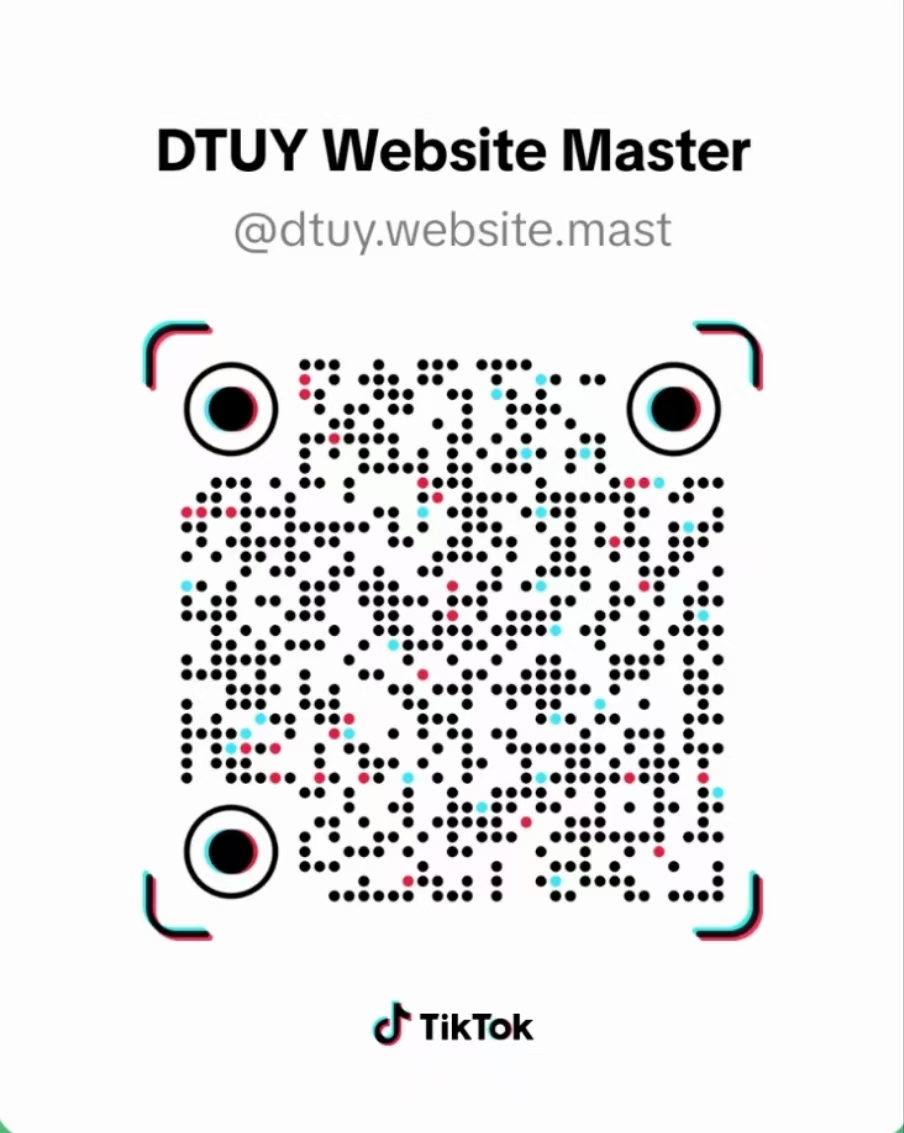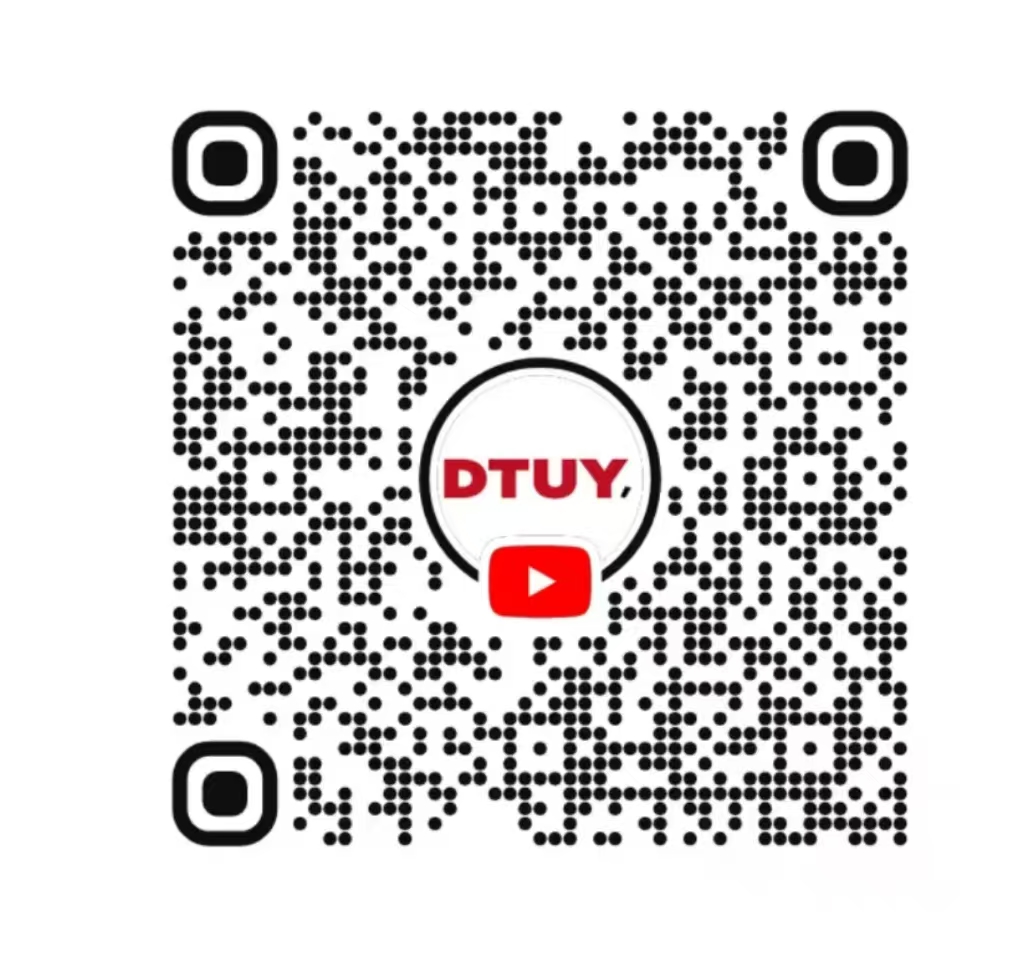In the realm of website design, creating a successful B2B (Business-to-Business) platform tailored for Western audiences demands a nuanced understanding of their unique needs, expectations, and cultural nuances. Here are some critical aspects to keep in mind during the design and construction process.
1. User-Centric Design
Western B2B users prioritize intuitive navigation and a seamless user experience. The website should be structured logically, with clear menus and a well-defined information hierarchy. Users expect to find what they need quickly, so avoid cluttered layouts and excessive pop-ups. Conduct thorough user research, including surveys and usability testing, to understand the specific pain points and goals of your target audience. This will enable you to design a site that meets their expectations and enhances their overall experience.
2. Professional and Trustworthy Aesthetics
A B2B website in the Western market must exude professionalism and trustworthiness. Opt for a clean, modern design with high-quality visuals, including professional photography and graphics. Avoid overly flashy or gimmicky elements that may detract from the site's credibility. Use a consistent color scheme and typography that aligns with your brand identity and conveys a sense of stability and reliability.
3. Responsive Design
With the increasing use of mobile devices for business purposes, a responsive website design is non-negotiable. Ensure that your B2B site adapts seamlessly to different screen sizes and devices, providing a consistent and user-friendly experience across desktops, laptops, tablets, and smartphones. A mobile-responsive design not only improves user satisfaction but also enhances your search engine rankings, as Google prioritizes mobile-friendly websites in its search results.

4. Clear Value Proposition
Western B2B buyers are results-oriented and want to understand how your product or service can solve their specific business problems. Clearly articulate your value proposition on the homepage and throughout the website. Use concise, persuasive language to highlight the key benefits and unique selling points of your offerings. Provide case studies, testimonials, and success stories to demonstrate your track record and build credibility with potential clients.
5. Robust Content Strategy
Content is king in the B2B space, and Western audiences expect high-quality, informative, and engaging content. Develop a comprehensive content strategy that includes blog posts, whitepapers, e-books, webinars, and other resources that address the pain points and interests of your target audience. Use a conversational tone and avoid jargon to make your content accessible to a wide range of readers. Regularly update your content to keep it fresh and relevant, and optimize it for search engines to improve your website's visibility.
6. Integration with CRM and Marketing Automation Tools
To effectively manage leads and nurture relationships with potential clients, integrate your B2B website with CRM (Customer Relationship Management) and marketing automation tools. This allows you to track user behavior, capture leads, and deliver personalized content and communications. Ensure that the integration is seamless and does not disrupt the user experience on your website.
7. Security and Compliance
Western businesses take data security and privacy seriously. Implement robust security measures to protect sensitive information, such as SSL encryption, secure payment gateways, and regular security audits. Additionally, comply with relevant regulations, such as GDPR (General Data Protection Regulation) in the European Union, to avoid legal issues and build trust with your audience.
8. Call-to-Action (CTA) Optimization
Clear and compelling CTAs are essential for guiding users through the conversion funnel on your B2B website. Use action-oriented language and place CTAs strategically throughout the site, such as on product pages, blog posts, and landing pages. Test different CTAs to determine which ones resonate best with your audience and drive the highest conversion rates.
In conclusion, designing and building a B2B website for Western audiences requires a deep understanding of their preferences, expectations, and business needs. By focusing on user-centric design, professional aesthetics, robust content, and seamless integration with essential tools, you can create a website that not only attracts potential clients but also builds long-term relationships and drives business growth.




 77
77

















